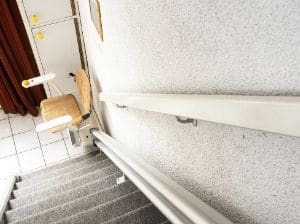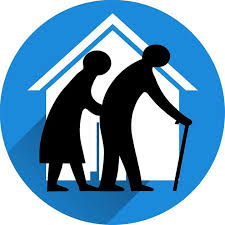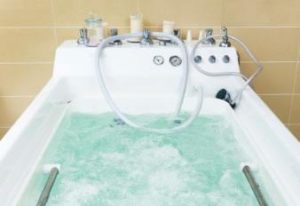
For a large part of your adult life, you have been working to acquire things like money, cars, houses, and businesses. Not all, but most adults do this not only to be able to enjoy their lives in the present, but to secure their futures and to leave behind a legacy for those they care about. The hope is that after you’ve passed away, your family is able to benefit from your hard work by inheriting things you’ve left to them.
What many adults aren’t aware of, however, is that if you have not effectively planned your estate while you’re alive and well, when you’re ill or have passed on, the problems only get worse for you and your loved ones.
What is an Estate?
It’s a large misconception that an estate is something that only the rich and famous have to worry about. However, the reality is that everyone has an estate no matter what your tax bracket is. An estate is any property you own (homes, rental properties, timeshares, etc), your financial assets (bank accounts, stocks, retirement accounts, shares, etc.), any businesses you own, and other personal property (clothes, shoes, jewelry, art collections, etc.).
Essentially, individuals are to work with an estate or trust attorneys to create a plan for their estate. This is the legal process of ensuring that all of their assets are allocated to their loved ones in the event that they become seriously ill or pass away. With an iron-clad plan in place, it prevents the legal system from getting involved in your estate and causing an unnecessary amount of emotional and financial stress for your loved ones.
Elements of Estate Planning
Depending on how large and complex your estate is, there may be various elements that are required to protect your legacy and your loved ones. Below are the four basic elements to consider and a brief description of what each is:
Wills
Most seniors and caretakers are aware of what a will is. A will is a person’s last wishes documented for their assets and personal belongings. It is the most common and most basic form of planning an estate. In a will, you can list any assets you have and write in detail who they should go to and how they should be managed after you’ve passed on. When drafting a will, it is often recommended that you also determine who will be your administrator or executor of the estate to ensure that all listed assets are distributed in a legal and timely fashion.
Trusts
Similar to a will but a lot more iron-clad are trusts. A trust is a legal document that holds assets for designated beneficiaries until the time of your death. With a trust, you designate a trustee to manage the assets until it is time to be distributed. The great thing about a trust is that they keep your loved ones out of the probate process. Meaning, your loved ones do not have to wait for a court to decide who gets what, nor do they have to pay for all the associated costs.
Living Wills
Though the prayer is that you will live out your senior years in good health, as you age your health starts to decline. In the event that you end up sick or in the hospital, you want to make sure that your wishes for treatment are carried out. For example, should you stop breathing, do you want to be resuscitated? If you cannot breathe on your own do you want to be kept on a ventilator by any means necessary? Are you for or against feeding tubes? These are questions hospital and emergency staff will have for you that you may not be able to answer at the time. That is why having a living will in place is recommended.
Power of Attorney
Last but not least when planning an estate it is important to choose a power of attorney. This is someone who will make decisions in various aspects of your life in the event that you can’t do so. A power of attorney can make decisions on things ranging from home repairs and real estate or property management to medical care and financial accounts. You can choose one person to make all of these decisions on your behalf or choose several people to handle various certain aspects.
The older you get, the more you start to think about things like protecting your legacy and the loved ones you’re leaving it to when you’re gone. If you haven’t done so already, now is the time to start working with an attorney to get your affairs in order. It will save you and your loved ones a lot of time and money and provide you with peace of mind in knowing your wishes are being carried out as you’d hoped.










